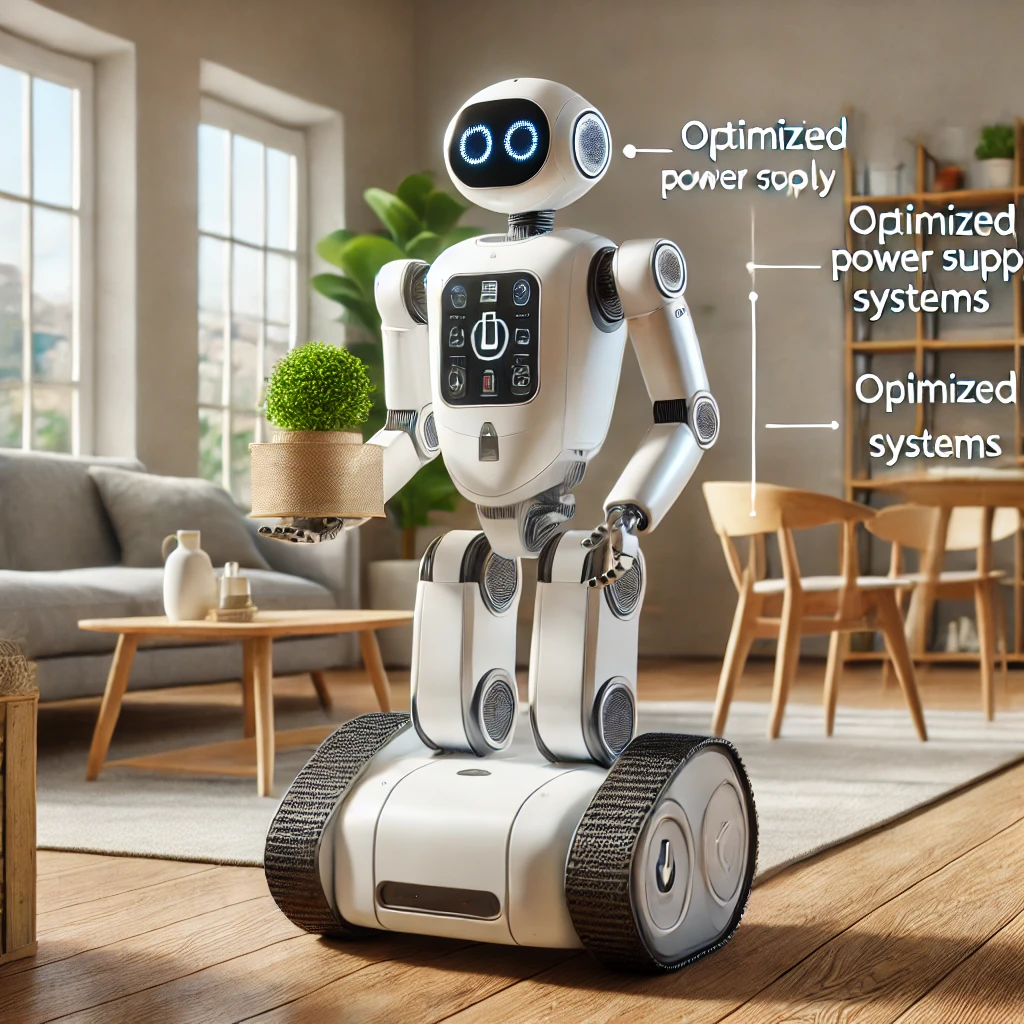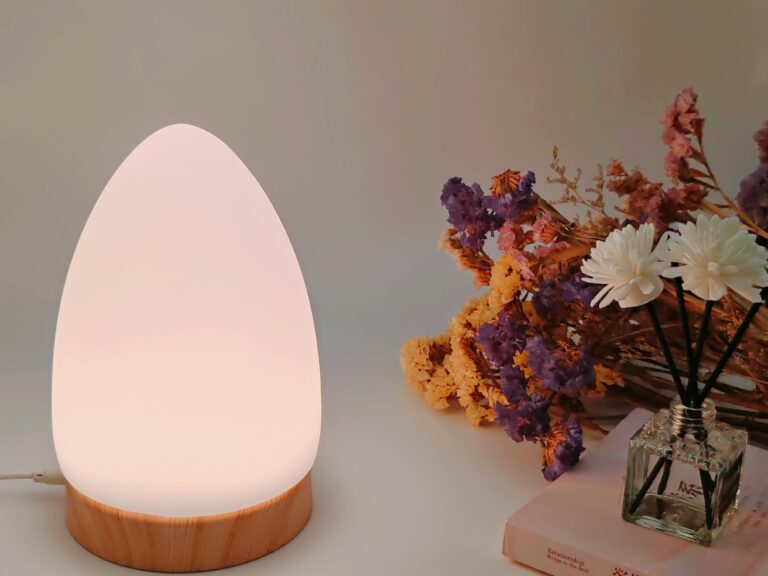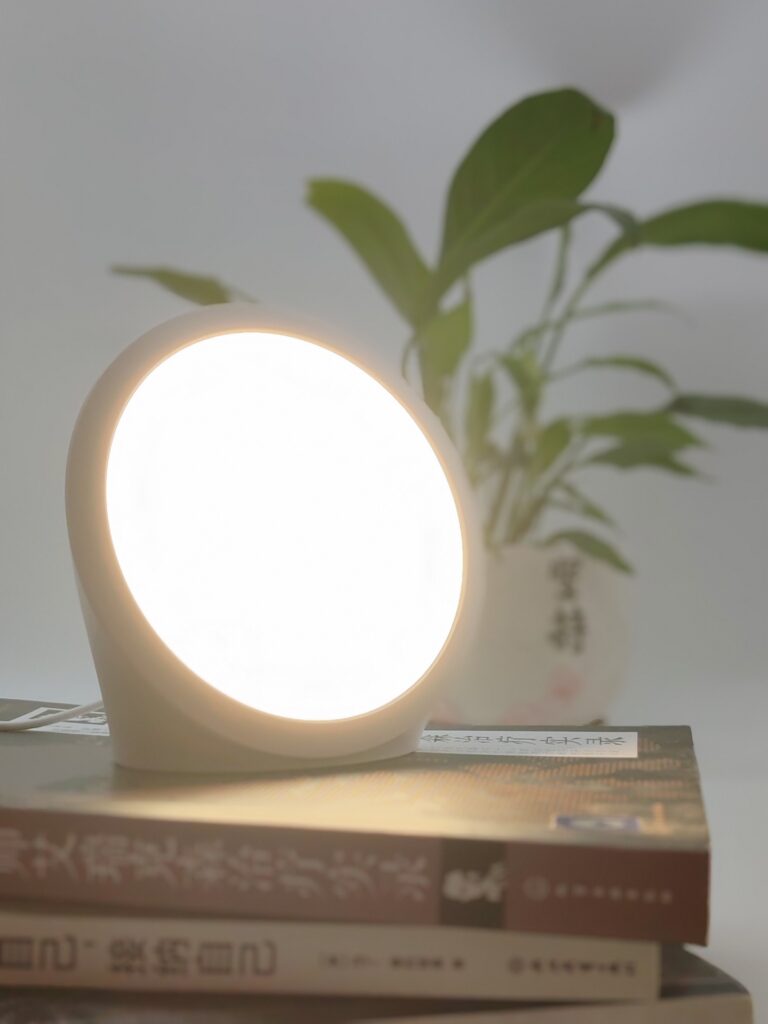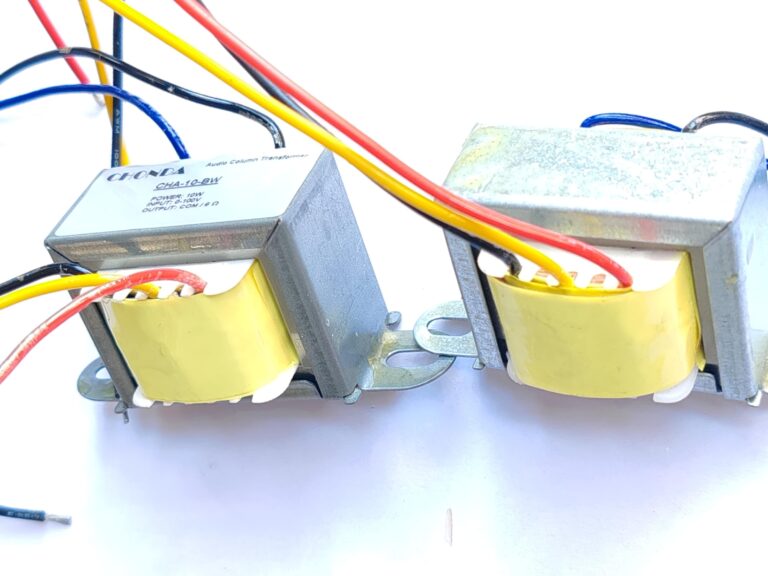We help the world since 2012

How to optimize robot power supply design to improve system stability and performance
In modern robot applications, the power supply system is one of the key factors that determine whether the equipment can operate stably and efficiently. A reasonably designed robot power supply system can not only ensure that the robot works stably for a long time, but also improve its overall performance.
In this paper, CHONDA TECHNOLOGY will discuss in depth how to optimize the robot power supply design, and analyze how to enhance system flexibility and stability through modular power supply solutions.
1. Power system design challenges and solutions
Nowadays, power management has become an important field where researchers focus on minimizing losses while increasing power density and operating frequency. The main challenges faced when designing robotic power systems include the stability of the power supply, thermal management, and the need to cope with complex operating environments.
The following points need to be considered for robot power supply design:
Stable voltage output: Robots need a stable power supply to perform complex tasks; fluctuating or interrupted power can lead to control system failure or robot downtime.
Energy efficiency management: How to work efficiently while reducing energy loss and extending equipment runtime is one of the core issues in power supply design.
Adaptation to diverse working environments: Robots often need to operate in harsh or changing environments, which requires power supply designs with high reliability and anti-interference capabilities.
These challenges can be effectively addressed by selecting efficient power solutions for robotics
Solutions for power system design
Increase Power Density
Increasing the power density of a power supply module means transmitting more power in a smaller volume. This helps to reduce the size of the power supply module, making the robot design more compact and lightweight. This trend is particularly relevant in mobile robot systems where space is limited or high performance is required, helping devices achieve higher output power in a limited space.
Lower quiescent current (IQ)
Quiescent current is the current consumption of a power supply module in a no-load or light-load state. Reducing quiescent current helps reduce wasted power, especially in battery-powered robots, and can significantly extend battery life. This is critical for robots that need to work autonomously for long periods of time, especially devices such as mobile robots or drones.
Reducing electromagnetic interference (EMI)
EMI can affect the proper functioning of other electronic components in a robot and may even cause system failures. Reducing EMI in power modules helps reduce interference with sensitive equipment and communication signals, thus improving the stability and reliability of the robot’s overall system and ensuring its stable operation in complex environments.
Noise Reduction for Improved Accuracy
Noise issues can interfere with a robot’s precision sensors and control systems, affecting data accuracy. By reducing the noise output of power supply modules, it is possible to improve the accuracy of robotic systems, especially in applications that require high-precision motion control, image processing, and measurement tasks, such as industrial and medical robots.
Improved safety when operating at high voltage (HV) through isolation
Safety is critical when dealing with high-voltage power supplies. By introducing electrical isolation into the power supply module, the effects of the high voltage side on the low voltage side can be prevented, protecting sensitive components and operators.
The isolation design not only improves the safety of the power supply module, but also enhances the durability and reliability of the system, ensuring that the robot can operate safely in a high-voltage environment.
2. Advantages of Modular Power Design
Modular power supply design offers the dual advantages of flexibility and scalability. It allows designers to quickly combine and replace power modules according to different application requirements. Here are a few key advantages of modular power supplies in robotics:
1. Flexibility
The modular design allows the power supply to be combined according to different needs, and you can choose the right power, voltage and other parameters to meet the needs of different devices.
2. Easy maintenance
Since each module is independent, the faulty module can be replaced individually during maintenance without the need to replace the whole power supply, which reduces maintenance cost and time.
3. Small space occupation
Traditional power supply usually needs to occupy a lot of space, while the modules of modular power supply can be arranged closely, occupying less space, suitable for use in scenes with limited space.
4. Lower energy consumption
Modular power supply can be combined according to the actual demand, avoiding unnecessary waste, thus realizing lower energy consumption.
5. Enhanced system expandability
When additional equipment or functions are required in the future, the modular design allows flexible expansion of the power supply system without affecting the operation of other modules.
6. Modular power supply is versatile.
In addition to being applied to robots, it can also be widely used in various fields of social production and life such as aerospace, locomotives and ships, military industry and weapons, power generation and distribution, postal and telecommunication, metallurgy and mining, automatic control, household electrical appliances, instruments and scientific research and experimentation, etc., and plays an irreplaceable and important role especially in the field of high-reliability and high-technology.
By choosing the appropriate power supply module, the robotic system can not only adapt to the current demand, but also provide a guarantee for future technological upgrades.
3. How to choose the right power supply module ?
The efficient power solutions for robotics we provide are specially designed for robotic applications, with the following features, which can help customers improve system performance and stability:
High energy efficiency: Our power modules are designed to maximize the energy conversion rate, reduce energy loss, and maintain a constant and stable power supply.
High Reliability: The modules undergo rigorous durability testing to ensure that they can cope with long periods of operation in harsh environments and ensure the stability of the robot.
Modular design: Our module design supports flexible expansion to adapt to different loads and application scenarios to meet the needs of different types of robots.
Power supply for robots specific parameters can be discretionary from the following aspects.
Power supply for robots specific parameters

1, rated power
Generally recommended power is 30~80% of the rated power of the module power supply.
2, operating frequency
General operating frequency is higher, the output ripple noise is smaller, but the higher the requirements of the component materials, so the higher the efficiency of the price is also more expensive.
3, power loss and efficiency
General output power under certain conditions, the smaller the module loss, the higher the efficiency, low temperature rise, longer life.
4, package form
Under certain power conditions, the volume should be as small as possible to ensure that the system is safe, reliable and scalable.
5, temperature range
General: commercial grade, industrial grade, military grade selection, consider the actual need for the operating temperature range, from which to choose, different temperature levels used in different materials and processes, different levels of price difference.
6, isolation voltage
High isolation voltage can ensure that the power module smaller leakage current, higher safety, reliability, EMC characteristics.
7, stable reliability
In the product to consider whether the product is good in a harsh environment or extreme.
4. To enhance the stability of the robot
CHONDA TECHNOLOGY suggests the following methods can be taken:
- Strengthen the hardware structure: Ensure the robot has a stable mechanical design and a strong shell. This helps it withstand shocks and vibrations. Use high-quality materials and components to increase durability.
- Optimize the control system: Develop efficient control algorithms for smooth, stable movement. Use sensors and feedback systems to monitor movement and environmental changes. Adjust control parameters promptly for stable operation.
- Enhance the power supply: Make sure the robot has a stable power source to avoid voltage fluctuations. Backup batteries or power supplies can prevent sudden power interruptions.
- Perform accurate attitude estimation: Use sensors to measure the robot’s current posture and center of gravity. Apply attitude control algorithms to correct dynamic balance, ensuring stable motion.
- Conduct systematic testing and optimization: Test the robot systematically, including functional, load, and condition testing. Continuously iterate and improve for better performance and stability.
- Provide regular maintenance: Inspect and maintain key components regularly. Repair or replace parts if needed. Keep detailed maintenance records and follow a strict upkeep plan.
By following these methods, the robot’s stability and performance in various environments will improve.
CHONDA INTERNATIONAL TECHNOLOGY CO., LTD is a leading global company specializing in power converters. Our mission is to make a significant impact on the market, establishing CHONDATECH as a trusted brand recognized for innovation and reliability. We focus on developing advanced power regulation technologies, particularly for the Military and Medical industries, where precision and performance are crucial. CHONDATECH prioritizes high quality, affordability, and excellence by utilizing modern, cutting-edge components to create products that are both reliable and efficient. Welcome to visit more infor @ www.chondatechnology.com




